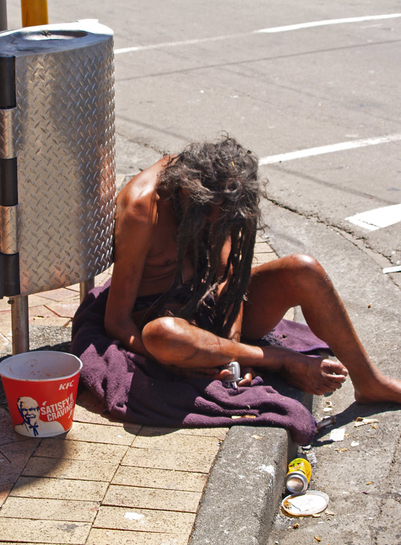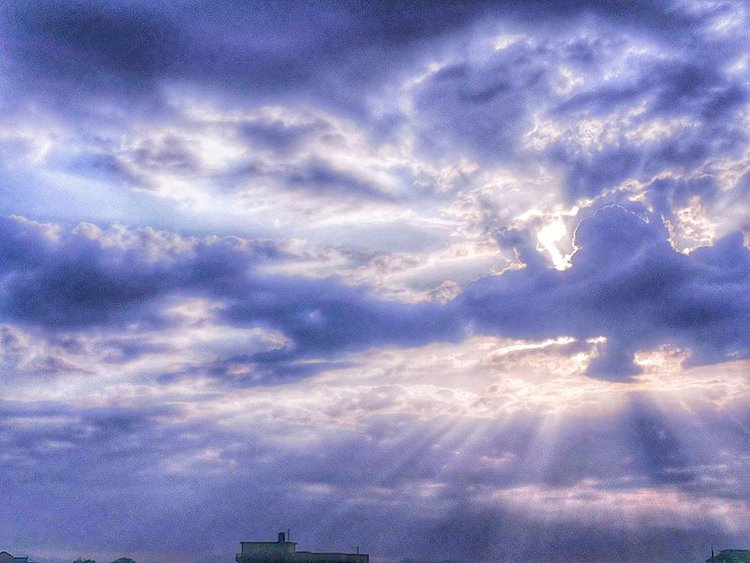New Moon/Partial Solar Eclipse @ 15 Capricorn 25’
January 5, 2019
5:26 PM Los Angeles
8:26 PM New York
January 6, 2019
1:26 AM London
9:26 AM Beijing
12:26 PM Sydney
As we enter the new year, we're greeted by the first eclipse season of 2019. In general, eclipse season is a period of accelerated internal, external, and perceptual changes. The sequence of events can appear to move more quickly during eclipse season, with a higher level of awareness and clarity surrounding present matters. This first eclipse of 2019 is a partial solar eclipse in tropical Capricorn, visible from northeastern China, Mongolia, Japan, eastern Russia, northern Micronesia, and western Alaska.
Occurring in Capricorn and conjunct the Saturn/Pluto midpoint, this eclipse brings with it a dense and conservative vibe. And with both Saturn and Pluto within orb of conjoining the eclipse itself, the ominous, even dystopian feel of this eclipse gets dramatically magnified. Saturn and Pluto are set to conjoin in early 2020, the effects of which we've been feeling since early 2018. Historically, the Saturn and Pluto cycle correlates with notable changes in the world order often through various crises.
Both world wars, the terrorist attacks of 9/11, and the Global Recession in 2007-2008 (as just a few examples), all occurred within various stages of the Saturn/Pluto cycle. The whole of the Saturn/Pluto conjunction encompasses roughly 2017-2021, so we are nearing its peak. This eclipse appears to trigger its energy into the collective psyche. However, eclipses are surreptitious. Correlated events often take time to manifest. Saturn will trigger the eclipse in early Feb., again in early Aug., and will make a final pass in early Nov.
Thus, many of the themes and situations tied into this eclipse will linger for some time, climaxing and culminating at the Capricorn lunar eclipse July 16. The heaviness of this eclipse can be experienced as a dramatic confrontation with limitation, hardship, or obstacles. Yes, a crisis is a manifestation of the synthesis of Saturn/Pluto, but so is the sense of having reached the "end of the rope" where hope and possibilities are seemingly less abundant. For most of us, we'll pass through this eclipse feeling the weight of things more than usual.
There are always places within our lives or ourselves that we've avoided dealing with fully. No one is perfect. Saturn/Pluto energies can pressure or force us to examine those places that we've neglected to be fully responsible for, those places that seriously need us to step up and take accountability and action. One's perceptual outlook can dramatically change under this eclipse, correlating with a period of awakening to some uncomfortable reality or realization.
Imagine stripping away the tinsel, candy coating, and gilding, and looking deeply into the cold, harsh truth. Yes, this eclipse can certainly feel like that. But also, a solar eclipse is a New Moon, and thus a new start. It can symbolize an extra potent starting point for things which require tremendous effort, determination, willpower, and sacrifice. Sometimes a difficulty, limitation, or even crisis is precisely what's needed to catalyze movement and change.
Combined with Mars now in Aries, we experience a powerful surge of cardinal energy, which emphasizes the taking of initiative and making things happen. Utilize the strengths of this eclipse to get better organized, strengthen and solidify a plan of action or procedure. Look around your life at the systems and structures which need reinforcement so you'll be ready to withstand the obstacles life can so quickly throw our way at such times.
Collectively, as we approach the peak trajectory of Saturn/Pluto, things are going to get tough as many systems and structures collapse around us. However, we can always find the strength within ourselves or stoically prepare for the worst case scenarios. For now, under this eclipse, heed the call to take the initiative and bolster your base. Utilize this moment for intense introspection, reflection, and scrutiny. Allow yourself to feel the call to turn inward and get more honest, real, and upfront. And if you feel like giving up, consider taking a rest, and then picking up the pace again. Great achievements are only possible through sustained determination.
ARE YOU IN NEED OF MORE DETAILED, PERSONAL INSIGHT FOR THE YEAR AHEAD? CLICK HERE FOR READINGS
























![Day 14 of Occupy Wallstreet; photo by David Shankbone [CC BY 3.0 (http://creativecommons.org/licenses/by/3.0)], via Wikimedia Commons](https://images.squarespace-cdn.com/content/v1/5710195837013b18ee712c68/1479876012912-HQ0HFVME1J5Q4X7N5MN1/image-asset.jpeg)

